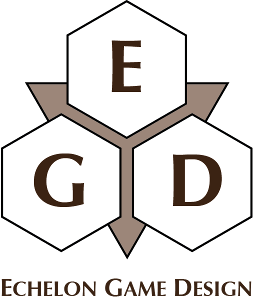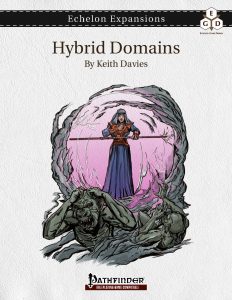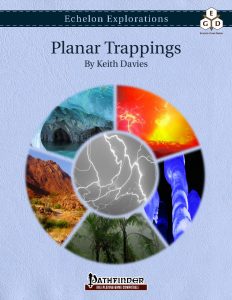I rarely lack for things to work on, and I’ve always got ideas for New Stuff. Here are some of the titles I have in the works.
Echelon Expansions
Contents
What player doesn’t like more options?
I prefer to work with ‘big pieces’. Bloodlines and domains are right at the top of the list because they have so much influence on a character’s class abilities. Cavalier orders and oracle mysteries are similarly large enough to fit in this category as well.
Given the opportunity I’d make the pieces ‘bigger’… but that’s more a matter for my Off the Path line, which opens the door to reworking how entire subsystems work.
Much of the material here expands on existing content, making it more specific. For instance, the Bloodlines series expand on individual bloodlines to make them more specific — ‘Planetar’ rather than ‘Celestial’. Hybrid domains admix the concepts behind two primary domains to make something with more precise meaning.
Sorcerer Bloodlines
Sorcerer bloodlines were one of the better additions to the Pathfinder Roleplaying Game, I think. At this point I think many of the core bloodlines might be somewhat ‘generic’, so I like to create variant bloodlines that make them more specific.
Echelon Expansions: Draconic Bloodlines is my first foray into this area, but I’m working on more.
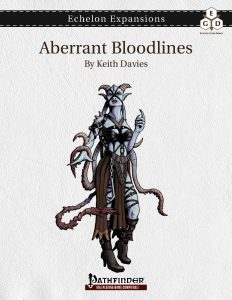
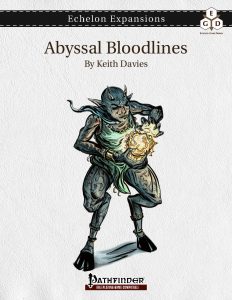
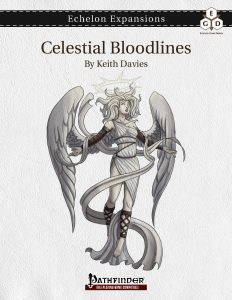
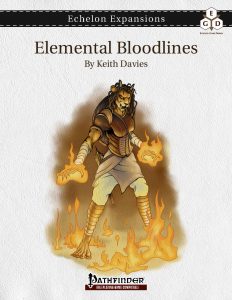
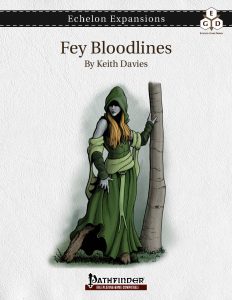
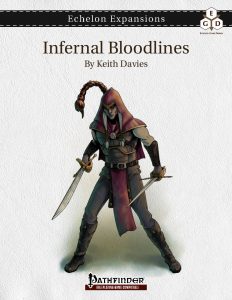
Cleric Domains
I really enjoy playing clerics, and the core domains do a good job of capturing many of the more primal divine considerations (life, death, nature, and so on). They are a good starting point for creating a pantheon, especially when you have a framework such as in Echelon Explorations: Polyhedral Pantheons. They are fairly primal, though, and even with polyhedral pantheons I wanted to be able to introduce some greater variety in how the domains are represented.
Subdomains were a start, but I found I didn’t have enough of them, and they were often only small changes from their associated domains. Certain of them — the alignments ones mostly, such as archon and demon — were each associated with two domains, though, and that gave me an idea: new domains that do not simply replace a few spells and one granted power of a single domain, but domains that combine the themes of two domains and make something entirely new… but are still associated with the domains that went into their creation.
For instance, the Abyss hybrid domain is a alternative to the Demon subdomain. It is associated with the Chaos and Evil domains and satisfies prerequisites as if it were either of them. The Guardian hybrid domain is similar to the Defense subdomain, and is a hybrid of (and associated with) both Protection and War domains.
Echelon Explorations
And for the GMs, world building material. I’ve already released Echelon Explorations: Polyhedral Pantheons, next in the queue is a book expanding on planar traits and designing a cosmology.
Planar Trappings
The standard planar traits are very limited in their variety, and I think frankly very boring. A Plane of Order should have more ‘law’ to it than a -2 penalty to certain checks by chaotic creatures (or -2 penalty to those same checks by all non-lawful creatures, if the plane is ‘strongly aligned’).
This book explores options and alternatives, such as those below.
- Periodically — on a regular schedule, naturally — clockwork guardians sweep the plane, looking for things out of place and correcting them. Whether this consists of ‘putting them in an appropriate place’, ejecting them entirely, or simply killing and disposing of the remains depends on the plane.
- Lawful magic (spells with the [law] descriptor, or to do with control or instilling order) receives a certain amount of metamagic ‘for free’.
- Chaotic magic (spells with the [chaos] descriptor, or to do with disruption) receives a certain amount of ‘negative metamagic’, whether the caster wants it or not.
- Many creatures gain the ‘monk creature’, ‘collective creature’, or ‘clockwork creature’ template.
- The oppressive weight of order crushes free spirits, leaving them fatigued and eventually exhausted as long as they remain.
Not all of the above are likely to be in place for a single plane, and there are many more options available. Altogether these give a way to model the same things planar traits try to model, but I think in a better way.
